
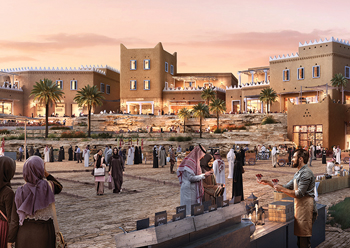 The project aims to restore Diriyah as the beating cultural heart of Saudi Arabia and a gathering place for people across the world.
The project aims to restore Diriyah as the beating cultural heart of Saudi Arabia and a gathering place for people across the world.
The $50.6-billion giga-project to restore Diriyah as the beating cultural heart of Saudi Arabia and a gathering place for people across the world is set to mark major milestones with the first new asset – Bujairi Terrace – poised to open this year.
The dining destination will house a collection of the world’s premium food and beverage brands, many of which will be making their debut in the kingdom and the region. The district, which includes four Michelin-starred restaurants overlooking At-Turaif and Wadi Hanifah, has embedded a high-quality visitor experience at every touchpoint. To complement the dining offering, Diriyah Gate Development Authority (DGDA) – which is spearheading this project – has named 14 of the signed hotel operators who will open in Diriyah as a part of its new hospitality offering, including the latest announcement of the new Armani Hotel Diriyah – the third Armani Hotel globally and the first in the kingdom. Other hospitality offerings include the Four Seasons, Rosewood and Six Senses. Each hotel operator has been carefully selected to ensure that they share DGDA’s vision to position Diriyah as a leading tourist destination and develop it into an authentic global centre for culture and heritage.
The ancestral home of the House of Al Saud and birthplace of modern Saudi Arabia, Diriyah – which is located some 15 minutes northwest of the centre of Riyadh – is considered The Jewel of the Kingdom.
 |
|
Seismic instrumentation has been deployed to ensure that the vibrations caused by the excavation do not impact the historical buildings’ structural integrity. |
The massive redevelopment programme for Diriyah aims at unleashing its economic potential and reconnect Saudi citizens with their own heritage, in line with the kingdom’s Vision 2030.
DGDA is overseeing all cultural, heritage and historical initiatives geared towards telling the story of Diriyah to the world, and all design, development and delivery aspects aimed at bringing the project to life.
“DGDA’s mandate and focus is not only aimed at improving the quality of life for citizens, residents, and visitors today and in the future, but also at preserving the history, heritage and culture of Diriyah,” Jerry Inzerillo, Group CEO of DGDA, tells Gulf Construction.
At the centre of Diriyah lies At-Turaif, a Unesco World Heritage Site and the most important historical, political, and cultural monument in the kingdom.
“At-Turaif is the anchor of our vision, a jewel from the Saudi past,” says Dr Karen Exell, Senior Development Director for Cultural Assets at DGDA. “A place of layers and layers of history and tradition, a place of heroes, a place that generations have called home - which drives everything we do across the masterplan. This vision makes us unique amongst the giga-projects, with the strong drive from heritage and history all the way through.”
To help with its preservation efforts, DGDA has signed a cooperation agreement with the King Abdulaziz City for Science and Technology (KACST) around information governance and knowledge exchange that has supported archaeological work.
 |
|
In March, DGDA successfully lifted its first bridge over the infrastructure and transportation tunnel networks connecting the east and west of the construction site. |
Major infrastructure work is well in progress on site. The DGDA recently awarded the project’s largest contract to date, worth almost SR4 billion ($1 billion), to construct Diriyah Square’s ‘super basement’ car-park and foundation excavation work is now under way. This was followed by a SR1.2-billion contract for the construction of a network of road tunnels, ramps and a major bridge deck that will form the principal Diriyah Interchange on Riyadh’s Western Ring Road. The DGDA has awarded contracts valued at over SR16 billion on projects to date and is this year expected to offer contracts worth around SR27 billion (see Gulf Construction, March 2022).
Excavation, disposal, and grading works on the project are expected to be completed by mid-2022, with 40 per cent of the excavated materials remaining on the site as backfill and the rest distributed across other sections of the Diriyah masterplan and other projects in Riyadh, according to the DGDA.
As one of the largest construction projects in the world, there are a multitude of development aspects that need to be managed, including contracts, logistics, health and safety considerations and effective stakeholder engagement.
“We are involved in projects at a scale that has never been seen before,” says Mohamed Saad, Chief Development Officer at DGDA. “As such, we have an unprecedented opportunity to learn from our partners and contractors, but also pass on what we have learned in the kingdom. I am proud of how the team has collaborated with international experts and with our compatriots here in Saudi Arabia, especially with the residents of Diriyah, who hold a deep connection with the place.”
 |
|
An artist’s impression of the King Salman Grand Mosque at Diriyah. |
Given the scale of the development, meticulous planning of the logistics is vital, with several projects under development at the same time. A series of initiatives have been put in place, including park-and-ride strategies for workers, bridges, and traffic management plans to minimise the impact on the local community. For example, in March, DGDA successfully lifted its first bridge over the infrastructure and transportation tunnel networks connecting the east and west of the Diriyah construction site. This is the third operational bridge to be built to support the logistical movement of over 1,600 vehicles and a further two were due to be erected late last month.
DGDA recently celebrated the 25 million man-hours milestone across Diriyah and Wadi Safar developments at Bujairi Car Park, one of DGDA’s first projects to be delivered in 2022.
The car-park project was recently awarded the International Safety Award with Distinction from the British Safety Council. The award recognises organisations that have demonstrated commitment to occupational health, safety and wellbeing, regardless of their size or the sector they operate within, according to Izac S Assiri, Senior Director for Health and Safety at DGDA.
“The DGDA is one of 135 organisations to win a Distinction in the International Safety Awards 2022 and scored 56 out of 58,” he says.
 |
|
Major infrastructure work is well in progress on site. |
Commenting on the award, Assiri says: “This is a humbling recognition of our organisation’s commitment to the occupational health, safety and wellbeing of our workers. It is testament to the dedication and scrupulous attention to safety we have given over the past 25 million hours worked. As we look ahead to the 50-million-hour milestone, we will continue with our impactful health and safety strategy to implement our proven world-class measures which will ensure a safe and productive environment for our workers.”
Safety measures have also been implemented to protect the many historical buildings that surround the construction site. Seismic instrumentation has been deployed to ensure that the vibrations caused by the excavation of over seven million cu m of earth did not impact the historical buildings’ structural integrity.














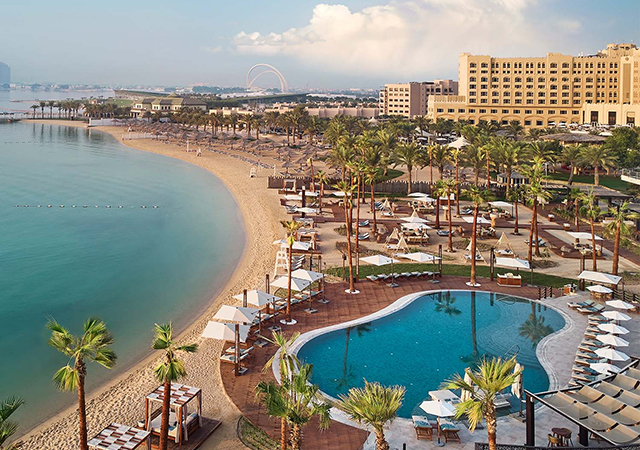

.jpg)












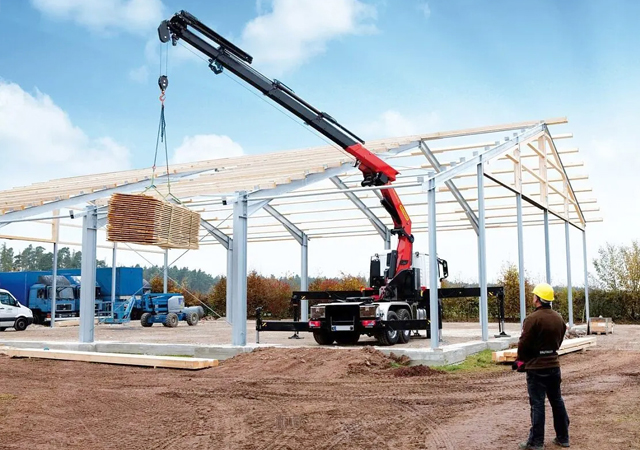





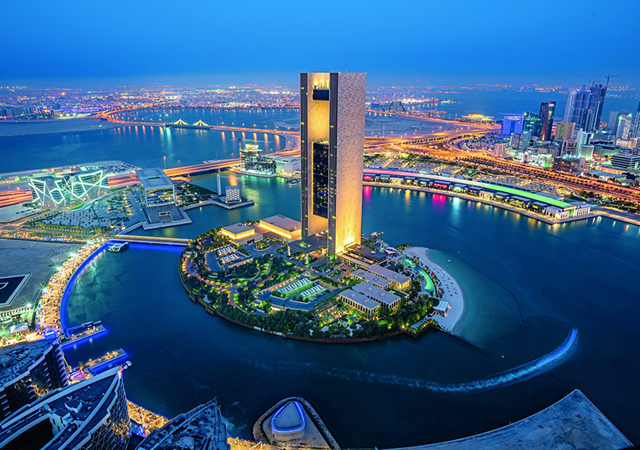





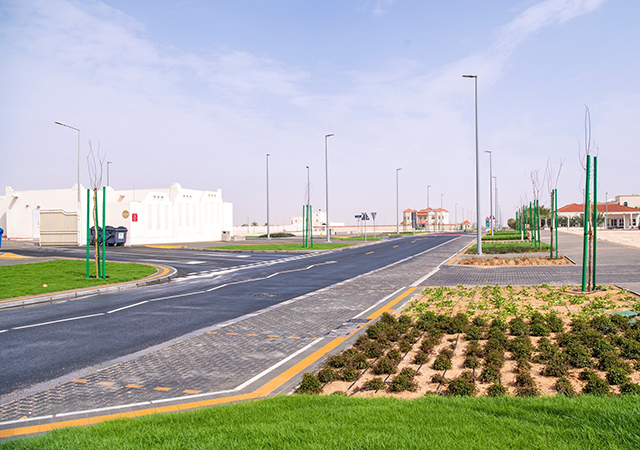




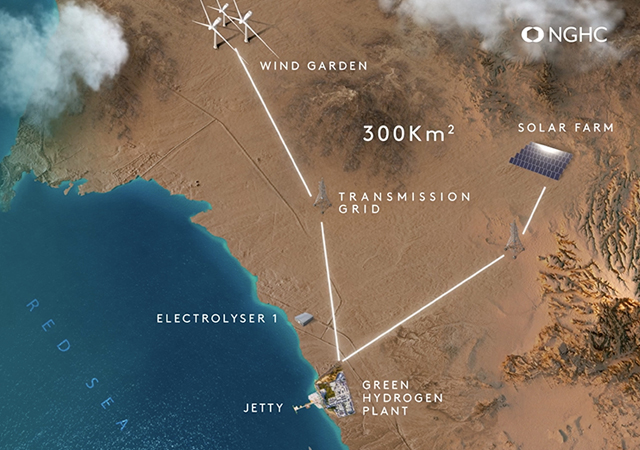

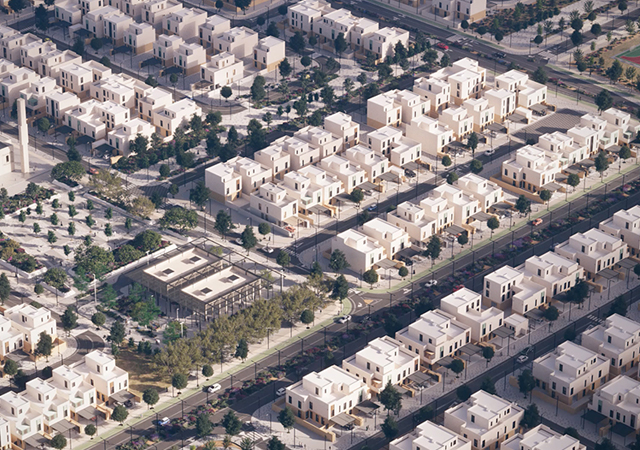


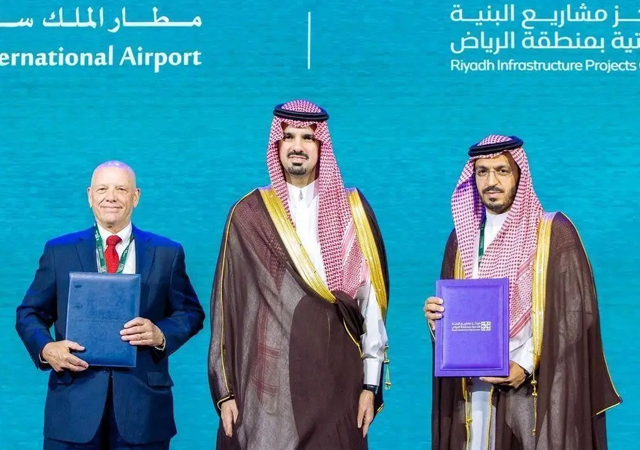






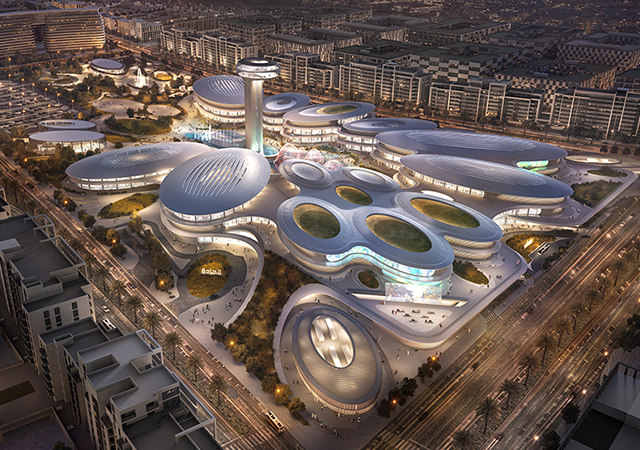



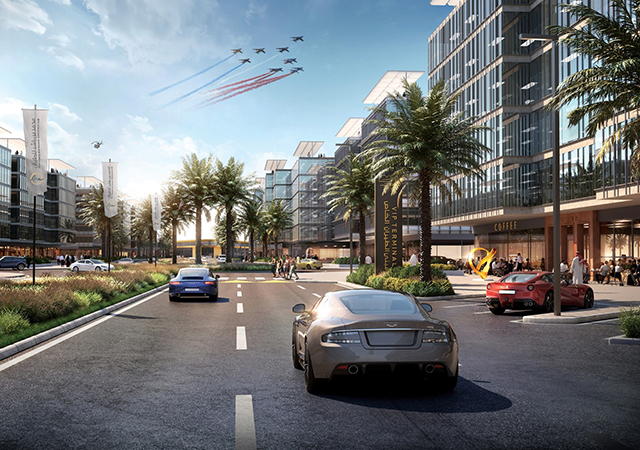
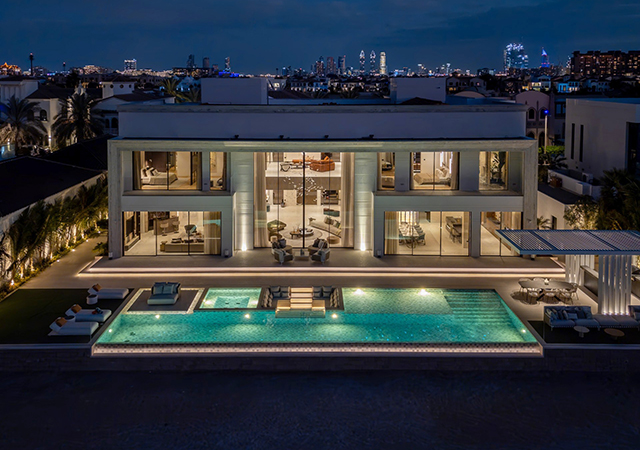

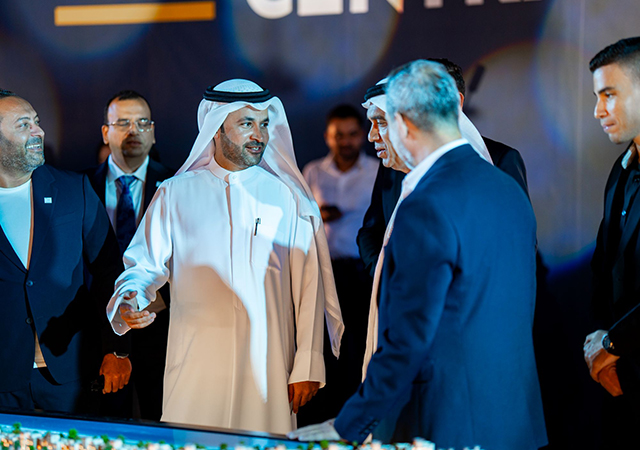



.jpg)




.jpg)











